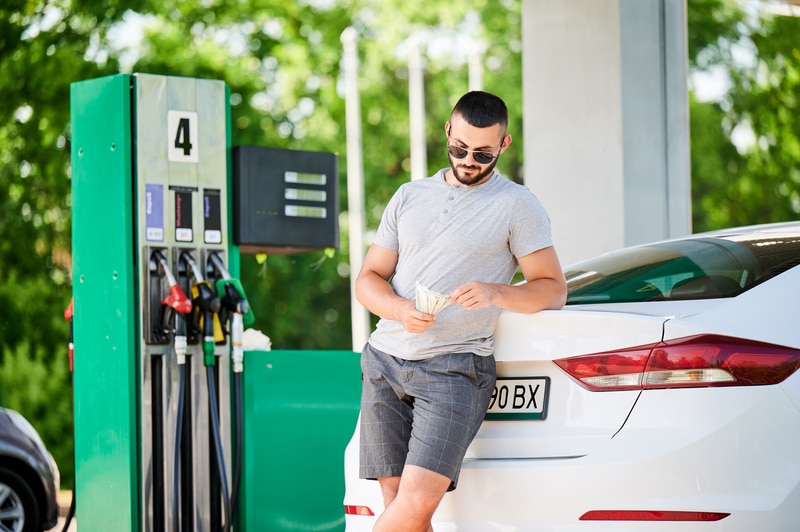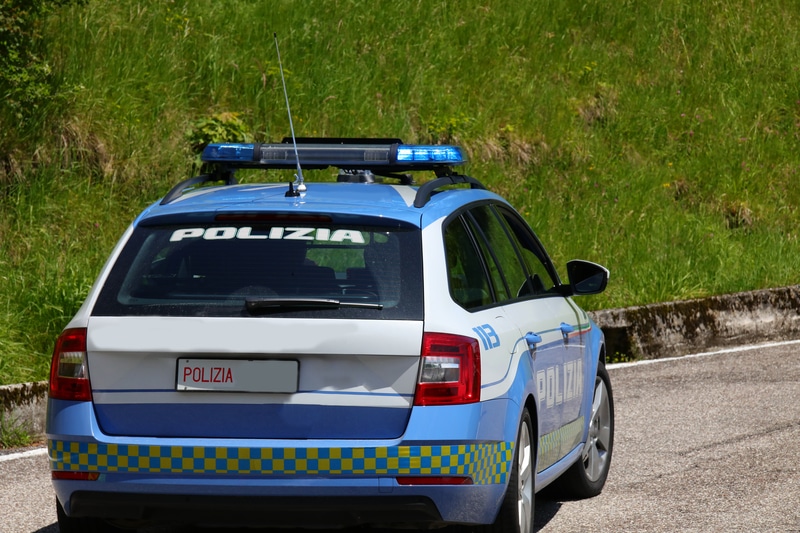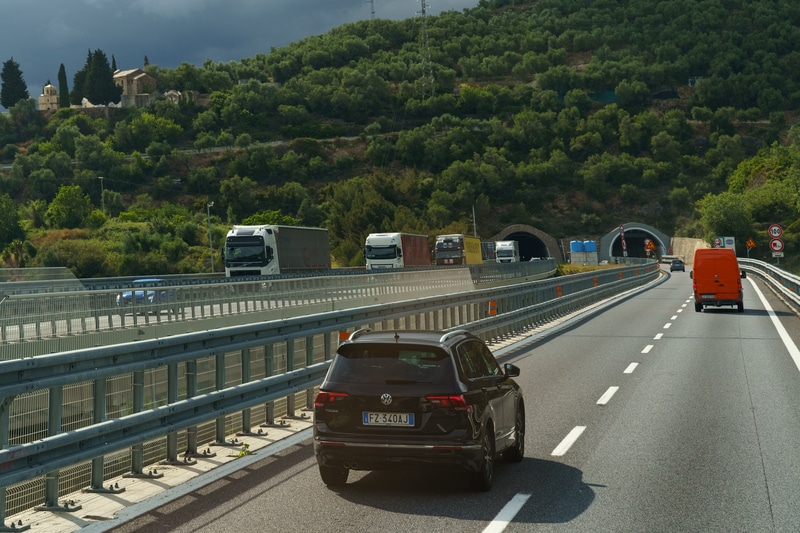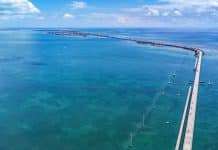Italy is one of the most iconic destinations in the world. Rich in history, diverse natural beauty, unique cities and incredible cuisine, it attracts tourists from all over the world. Italy is a wonderful country to visit, with countless off-the-beaten-path gems that can only be reached by car.
By renting a car, you can create your own itinerary or be spontaneous, visiting places off the beaten path to enjoy the journey at your own pace.
This guide provides comprehensive information on car rental, toll management and traffic enforcement to ensure that your trip to Italy is memorable for all the right reasons.
Deciding: to rent or not to rent?
Italy’s major cities are well served by public transportation, and the country has a national rail network. However, if you want to visit many of the country’s most beautiful places, such as the Tuscan countryside, the Dolomites and Sicily, it is best to arrive by car. Renting a car allows you to travel at your own pace and immerse yourself in the Italian countryside.
Where to rent a car

There is a wide range of rental companies operating in all major Italian airports. They can also be found in all major cities and most countries around the country. Renting before you arrive in Italy can save you time, money and stress.
With Cheaper Than Cars, you can compare the price of your chosen vehicle between different operators, making the whole process simple. The best car rental companies in Rome, Milan, and Naples airports provide comfortable and competitively priced vehicles, allowing you to start your journey immediately after landing.
Whether you are looking for a classic Italian Fiat 500 or an elegant Alfa Romeo Giulia, Cheaper Than Cars offers you the widest possible choice at the best available price.
Insurance and roadside assistance
Before you immerse yourself in Italy’s history, rich culture, breathtaking natural landscapes and vibrant cities, it is important to make sure you are properly covered from an insurance standpoint. Breakdowns without insurance can be costly and inconvenient.
The main types of auto insurance include:
- Collision Damage Waiver (CDW): Covers damage to the rental car in the event of an accident.
- Theft Protection (TP): Covers costs if the rental car is stolen.
- Liability: Covers damage to other vehicles or property in case of an accident.
- Personal Accident Insurance (PAI): Covers medical expenses for the driver and passengers in case of an accident.
Most rental companies offer a variety of insurance packages. Although they are affordable, it can sometimes be cheaper and more comprehensive to take out coverage in advance.
For added peace of mind, it may be appropriate to include roadside assistance in the rental package. This usually covers breakdowns, towing and other emergencies. Sometimes it can include a replacement vehicle if needed.
Including roadside assistance in the rental package provides basic peace of mind. It usually covers breakdowns, towing and other emergencies. It can also include a replacement vehicle.
Many Italian rental companies provide a helpline that can be used in the event of a breakdown or other accident. They may be able to arrange roadside assistance if needed. Be sure to understand how to use the services offered by the rental company and always have contact information handy.
Fuel consumption and affordability

Italy is a long, narrow country with many miles to travel if you are traveling from one end to the other. Even if you limit yourself to only one part of the country, controlling fuel costs allows you to spend more on eating out, entrance fees, and essential Italian products.
Fuel prices in Italy can fluctuate widely, reflecting local conditions and global oil prices. From 2024, when traveling in Italy, expect to pay about 1.80 euros per liter for gasoline and 1.70 euros per liter for diesel. Newer vehicles tend to be cheaper, but may initially have higher rental costs.
Your choice of vehicle will have a significant impact on the overall cost of your trip. Here is a comparison of different types of vehicles:
- Electric vehicles (EVs): Although EVs are environmentally friendly and have lower operating costs, charging infrastructure may be less available in remote areas. Rental costs for EVs may be higher. Detailed information on charging points is available online.
- Hybrids: They offer a balance of fuel economy and range, making them a good option for both urban and off-road driving.
- Gasoline vehicles: Generally cheaper to rent, but less fuel efficient. However, gas stations are ubiquitous, so fuel will not be hard to find.
In general, the smaller the vehicle, the more fuel efficient it is. Therefore, if fuel cost is important, it is important to choose a vehicle that is comfortable but not too large.
Road tolls and fines
Italy has an extensive network of toll roads, known as highways, which provide fast and efficient routes between major cities and regions.
Here are some key points to remember about road tolls in Italy:
- Toll cost: Tolls are calculated based on the distance traveled and the type of vehicle. For example, a trip from Milan to Rome (about 570 km) can cost about 40 euros for a standard car.
- Method of payment: Tolls can be paid at toll booths in cash, by credit card, or with electronic systems such as Telepass, which allows automatic payment of tolls and can be a convenient option if you want to avoid queues.
While toll roads are a great way to travel between major cities and towns, most routes to off-the-beaten-path destinations in some of Italy’s favorite regions are free. These regional and local roads tend to be slower, but traveling through beautiful landscapes is part of the experience.
Speeding fines

Despite some stereotypes about Italian roads, Italy enforces strict traffic laws. Speeding fines can quickly become substantial if the offense is serious. Speed limits are generally 130 km/h (80 mph) on highways, 110 km/h (68 mph) on main highways, 90 km/h (56 mph) on secondary roads, and 50 km/h (31 mph) in urban areas. Fines start at 40 euros and are paid by the driver, while the rental company may charge an additional administrative fee for processing the fine.
Italy has an extensive network of speed cameras, so if you speed you are very likely to get caught.
Route planning
Whether you are the type of person who likes to plan every trip down to the last detail or you are a free spirit who likes to be spontaneous, some degree of route planning is essential.
If you rent an electric car, make sure your itinerary includes charging stations, especially in rural areas. Apps such as Plugsurfing or Nextcharge can help you locate charging points. For gasoline and hybrid vehicles, frequent refueling stations are generally not a problem, but it is a good idea to refuel before traveling to remote regions.
Some of the most beautiful and well-known routes in Italy are:
- Amalfi Coast (SS163): This scenic road along the southern coast of the Sorrento Peninsula offers breathtaking coastal views and charming towns such as Positano and Amalfi.
- Tuscany (SR222): Discover rolling hills, vineyards and historic towns along the Strada Chiantigiana, which runs through the heart of the Chianti wine region.
- Dolomites (SS48): The Great Dolomite Road takes you through some of the most dramatic mountain scenery in northern Italy, passing picturesque villages and offering breathtaking views.
- Lake District (SS394): Drive along the shores of Lake Como and Lake Maggiore, admiring beautiful lake landscapes and historic villas.
- Sicily (SS115): Discover Sicily’s diverse landscapes, from ancient Greek ruins to beautiful beaches and charming villages.
Driving tips and standards

Knowing local etiquette and driving rules will enhance your travel experience and ensure safety. Here are some key points:
When driving in Italy, it is important to follow local etiquette and traffic laws. Maintaining safety and respect for other road users will make your experience on Italian roads memorable for all the right reasons.
Here are some key points to remember:
- Side of the road: In Italy, vehicles drive on the right side of the road.
- Parking rules: In the city, look for designated parking spaces and obey parking signs to avoid fines. Blue lines indicate paid parking, white lines indicate free parking, and yellow lines indicate residential or reserved parking.
- Seatbelts: In Italy, it is mandatory for all passengers to wear seatbelts
- Cell phones: The use of cell phones while driving is prohibited unless you have a hands-free kit.
- Alcohol limits: The legal blood alcohol limit is 0.05%. For novice drivers (with less than three years of driving experience) the limit is 0.00%. In general, it is advisable to completely refrain from drinking alcohol while driving a rental car
- Traffic circles: Give way to vehicles already on the traffic circle and signal your exit.
- ZTL zones: Many city centers have restricted traffic zones (ZTLs). Unauthorized entry into these zones can result in hefty fines, so it is important to be aware and pay attention to signage when driving in the city.
In rural areas you may encounter very narrow roads with varying surface conditions. Always drive carefully and be prepared to pull over. If you drive in northern regions in winter, be prepared for snow and icy conditions. Always carry an emergency kit and check the weather forecast.
With prudence and caution in mind, you can ensure safe and enjoyable driving in Italy.
Your great Italian getaway
Italy is a wonderful place that captivates and enchants millions of visitors each year. From the Alpine north, to tranquil Tuscany, to the inspiring history of Rome, to magical Sicily and the Amalfi Coast, there is so much to discover.
With Cheaper Than Cars, you can easily compare prices from dozens of car rental companies in Italy. Whatever the size of your group, your budget, and your travel plans, we can meet your transportation needs.




![15 melhores paragens da viagem de carro de Los Angeles a São Francisco [em 3 dias]](https://www.cheaperthancars.com/blog/wp-content/uploads/2019/11/LA-to-San-Francisco-Road-Trip-218x150.jpg)

